Have you been waiting for the third shoe to drop?
MyHeritage recently added baptism and burial transcription records for the Archdeaconry of Rochester. Now, they include 860,931 banns and marriage transcriptions from 1559 to 1939.
As usual, these records include the names of the groom and bride, their ages at the time of the wedding, the date and place of the marriage or banns, and the names of their fathers. Some records also include the names of the witnesses.
The Archdeaconry of Rochester, Church of England, covers the western part of Kent and parts of Greater London.
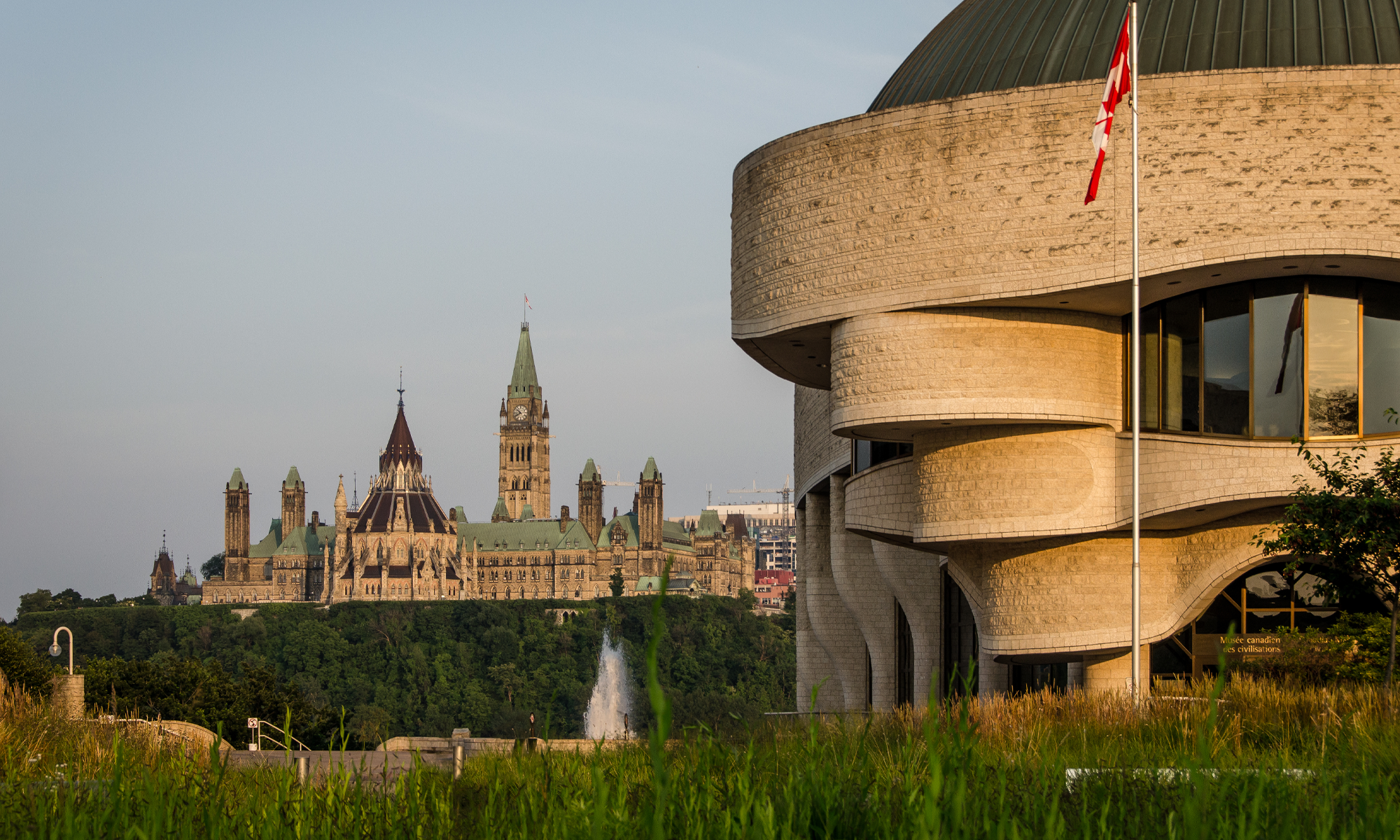


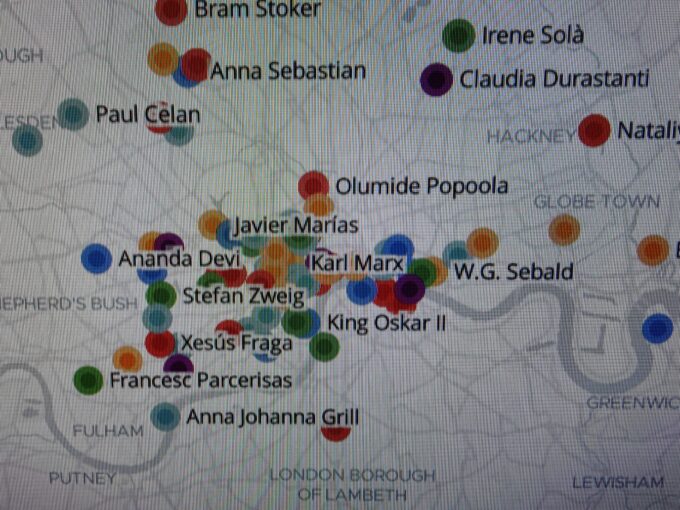
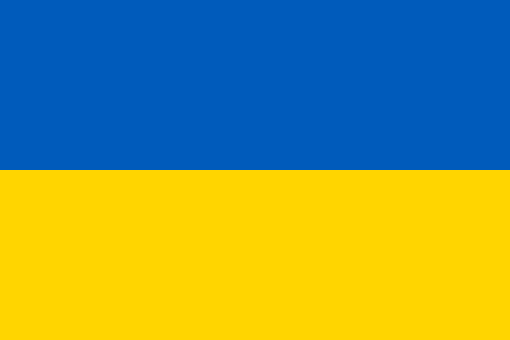
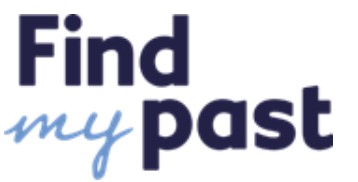
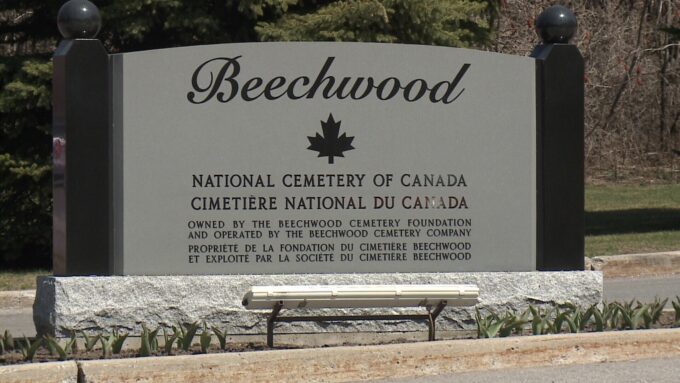 Four of the 153 people interred in Ottawa’s Beechwood Cemetery who died on 3 August died in 1885.
Four of the 153 people interred in Ottawa’s Beechwood Cemetery who died on 3 August died in 1885.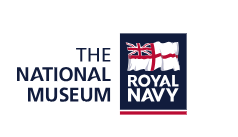 Visiting HMS Victory at Portsmouth was one of the more memorable visits I made with my youngest brother not long before he died. It’s one of six sites of
Visiting HMS Victory at Portsmouth was one of the more memorable visits I made with my youngest brother not long before he died. It’s one of six sites of 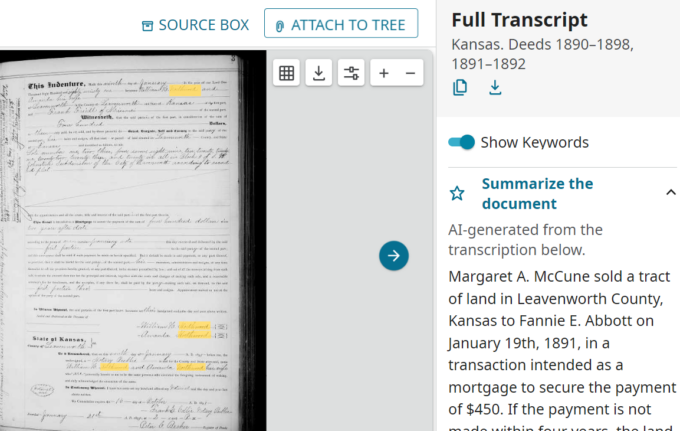 What’s new is “
What’s new is “